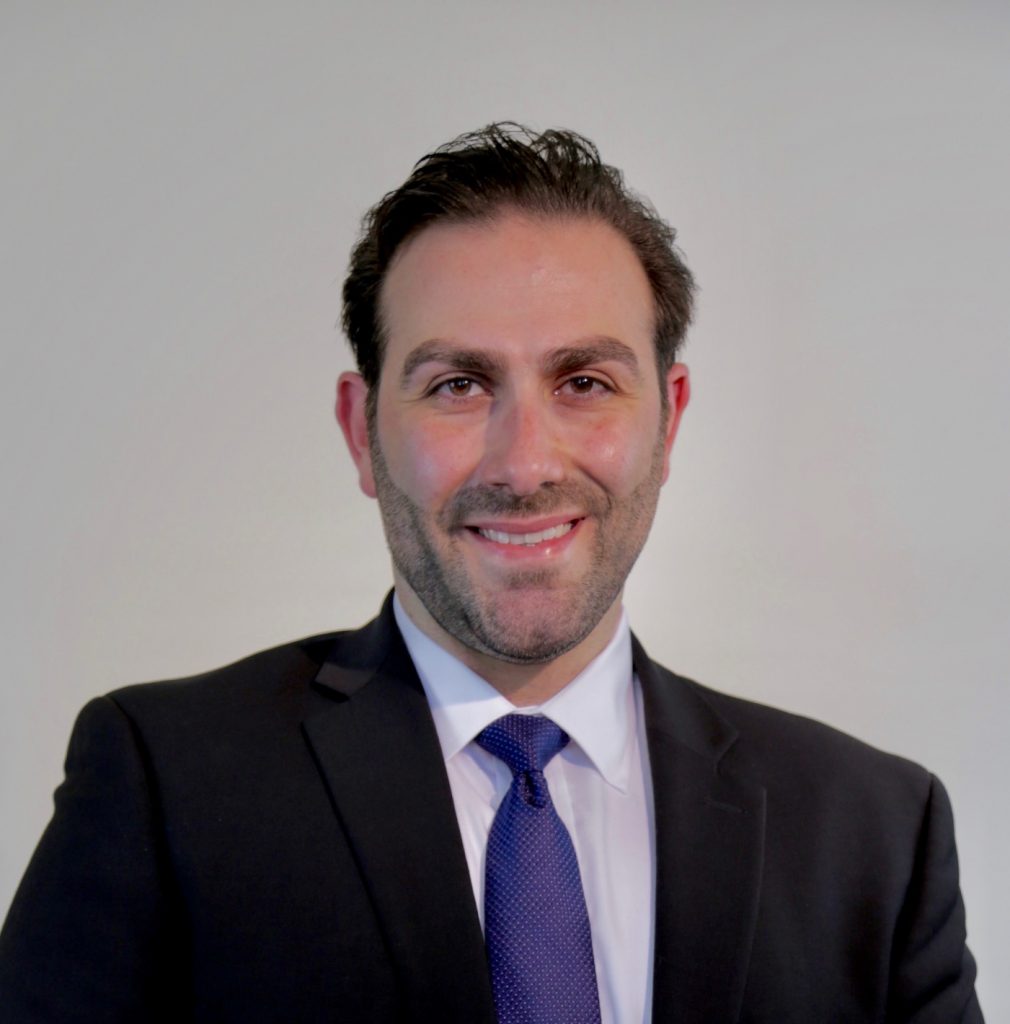
Ever since I can remember, I hate the sound of alarm clocks waking me up. That is why I prefer waking up to a smooth and warm yet artificial light, gradually increasing in intensity like an encroaching daylight. All 365 days of the year, including weekends, the sun rises in my room when the clock strikes 6.30 am. In reality, it is only 5.40 am, because my alarm is always ahead of time. Fifty minutes early; not a minute more, not a minute less, fifty. I am sure that some soft music would never hurt anyone since I sleep alone, by personal choice of course. But then I would have to decide which music would be best to wake up to every morning, and I don’t feel like making more decisions about mundane aspects of my daily life.
If I did not have to go to work, I would go back to sleep. Otherwise, once I am out of bed I go straight to the bathroom, always. It is an automatism, completely avolitional. It is the first thing I do in the morning, an irrational act, just like the rest of humanity. I undress, empty my bladder, wash my hands, and afterwards look at myself in the mirror as I attempt to tame my hair, all blonde and tousled, with my damp hands. At this point in time, I am still fuzzy, whether from sleep or presbyopia I cannot tell. I stroke my eyebrows, rub my eyes, trace my face with the tips of my fingers until they rest on my jawline. I don’t know why I do that, I just do.
I make a living with these hands, which seem rather common. There’s nothing special about them. From time to time, I stare at them as if they don’t belong to me. I stretch them out in front of me and turn them around to look at them from different angles. Five fingers each, palms and backs, with short nails. I hate the sight of long nails on a man, and especially on me. I feel a certain disgust when I see them. They only looked good on de Niro playing Louis Cyphre in New Orleans. “How terrible is wisdom when it brings no profit to the wise, Johnny”. A feature befitting the character.
My fingers have been in places other human beings would consider unusual, not because they are unknown but because they are nasty. I must confess that it has been pleasurable having them there.
I am a surgeon….
Traducción y adaptación de Ameera alHasan

